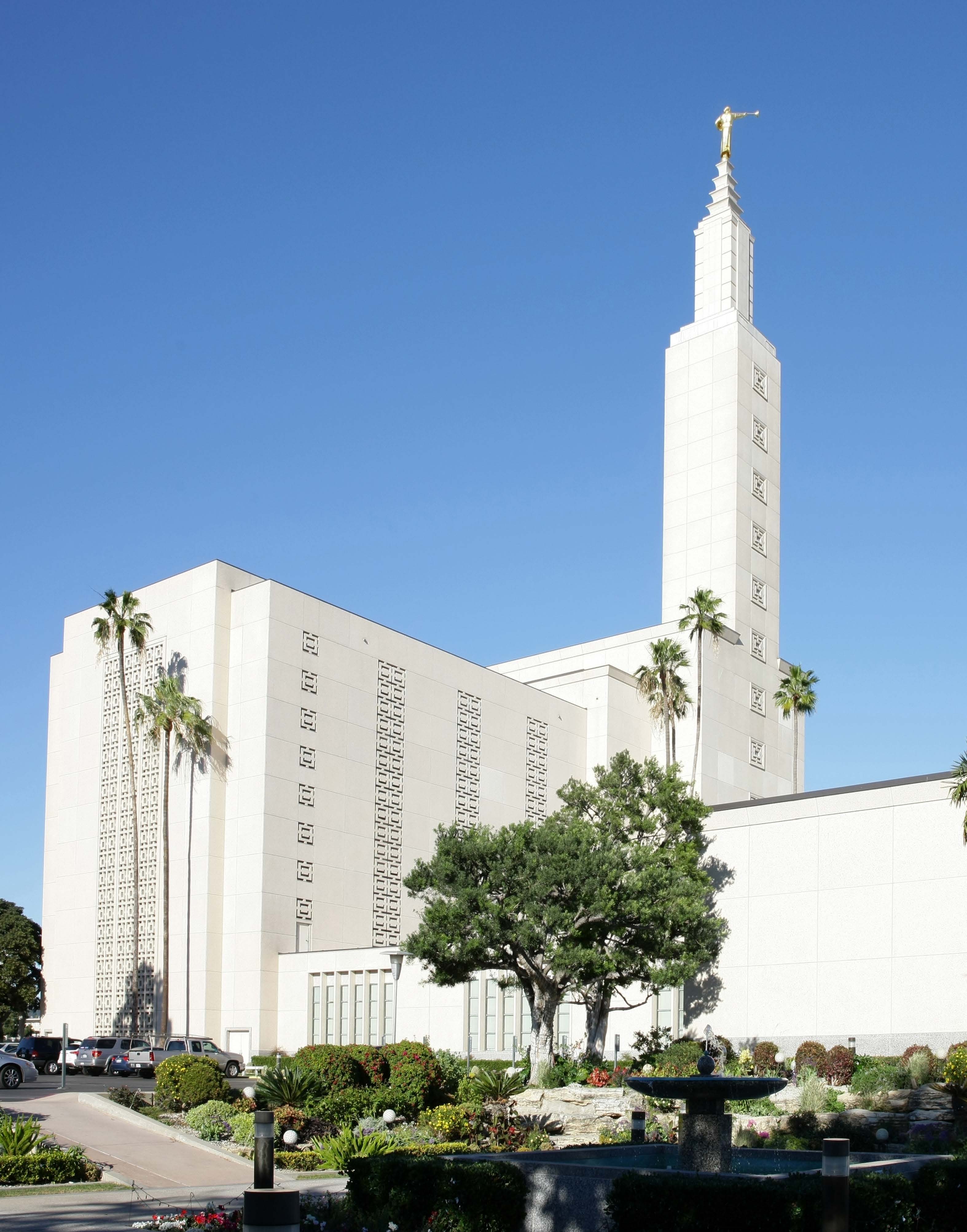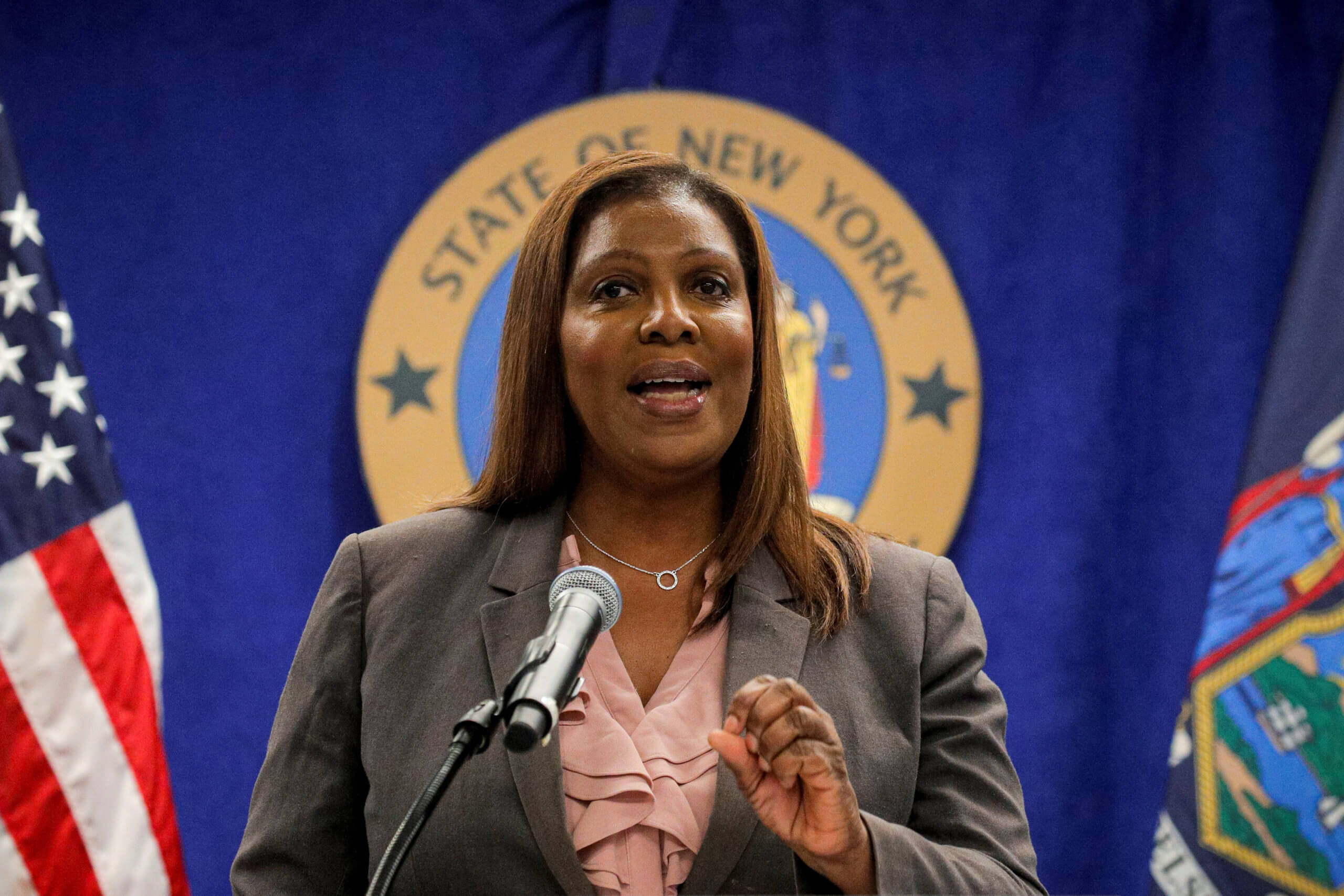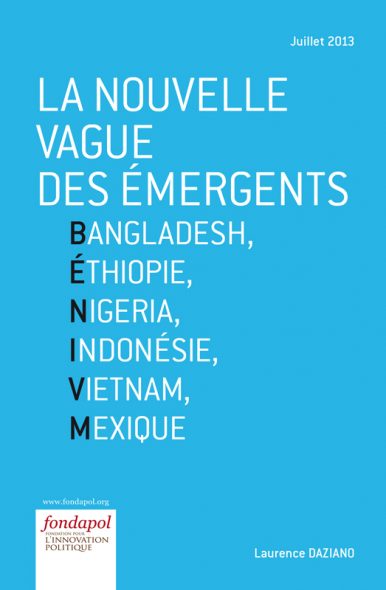Report on Legal Frameworks, Human Dignity, and Sustainable Development
Introduction: Aligning Legal Conflicts with Sustainable Development Goals
Recent legal disputes in the United States, particularly those concerning religious liberty and equality, present significant challenges to social cohesion. These conflicts are often framed as zero-sum contests between fundamental rights. However, analyzing these issues through the framework of the United Nations Sustainable Development Goals (SDGs) offers a more constructive perspective. This report re-examines these legal tensions, with a significant emphasis on their relationship to SDG 16 (Peace, Justice and Strong Institutions), SDG 10 (Reduced Inequalities), and SDG 5 (Gender Equality), proposing that a focus on human dignity is essential for achieving these global objectives.
The Centrality of Human Dignity in Achieving SDG 16: Peace, Justice and Strong Institutions
SDG 16 calls for the promotion of peaceful and inclusive societies and the building of effective, accountable, and inclusive institutions. The resolution of legal conflicts over rights and identity is fundamental to this goal. A constitutional framework that successfully navigates these disputes strengthens institutions and fosters social peace.
A “Double Helix” Model for Inclusive Institutions
Constitutional scholar Kenji Yoshino’s theory posits that liberty and equality are not competing values but are intertwined like a double helix, bound together by the core principle of human dignity. This model provides a robust framework for building the inclusive institutions envisioned by SDG 16.
- Liberty and Equality as Interdependent: Rather than choosing between protecting religious liberty and ensuring equality, this approach seeks to uphold both through a shared commitment to human worth.
- Dignity as the Foundation: By grounding legal reasoning in dignity, judicial systems can function as more effective and inclusive institutions, capable of resolving disputes in a manner that affirms the value of all parties involved.
Case Studies in Institutional Justice and Dignity
Several legal cases illustrate how judicial rulings impact the objectives of SDG 16 by either affirming or denying the dignity of citizens, thereby affecting the inclusivity of the legal system.
- Masterpiece Cakeshop v. Colorado Civil Rights Commission (2018): The Supreme Court’s ruling focused on the state’s failure to treat a baker’s religious beliefs with neutrality. The core issue was identified not merely as a restriction on liberty but as a failure of equal regard—a lapse in the institutional duty to be inclusive, as mandated by SDG 16.
- Holt v. Hobbs (2015): The Court’s unanimous decision to allow a Muslim inmate to grow a beard for religious reasons affirmed his right to be recognized as a person of conscience. This ruling demonstrates how institutions can uphold justice by recognizing the dignity inherent in religious identity, contributing to a more inclusive societal framework.
Addressing Systemic Disparities: A Mandate of SDG 10 and SDG 5
SDG 10 aims to reduce inequality within and among countries, while SDG 5 targets gender equality. Both goals require the elimination of discriminatory laws and practices and the promotion of social, economic, and political inclusion for all, including on the basis of sexual orientation and belief.
Legal Rulings as Instruments for Reducing Inequality
Landmark legal decisions have been pivotal in advancing the targets of SDG 10 and SDG 5 by dismantling discriminatory structures.
- Lawrence v. Texas (2003) & Obergefell v. Hodges (2015): These cases, which decriminalized same-sex intimacy and established marriage equality, respectively, were instrumental in reducing legal inequality for LGBTQ+ individuals. The court’s reasoning was rooted in preventing the indignity imposed by discriminatory laws, directly aligning with the principles of SDG 10.
- Clashing Concepts of Dignity: A key challenge in achieving full equality is the differing sources of dignity. For LGBTQ+ rights, dignity is often linked to personal authenticity and self-expression. In religious contexts, it is frequently rooted in moral autonomy and obedience to a higher power. Recognizing this distinction is critical for developing policies that reduce inequality without creating “pluralism anxiety,” where one group’s recognition is perceived as a threat to another’s.
Conclusion: A Dignity-Based Path Toward Sustainable and Inclusive Societies
To advance the 2030 Agenda for Sustainable Development, legal frameworks must evolve beyond adversarial, winner-take-all outcomes. Adopting a dignity-centered approach, as proposed by Yoshino, offers a pathway to fulfilling the interconnected goals of peace, justice, and equality.
- Fostering Inclusive Dialogue: Grounding legal and public discourse in a shared recognition of human dignity can mitigate the “pluralism anxiety” that fuels social division, creating a more stable and inclusive society as envisioned by SDG 16.
- A Unified Constitutional Vision: Viewing liberty and equality as mutually reinforcing principles bound by dignity allows for a more holistic approach to justice. This perspective is essential for building a constitutional culture that resists dehumanization and affirms that every person is worthy of being treated as fully human.
Ultimately, the principle of human dignity is not only a constitutional ideal but a prerequisite for achieving the Sustainable Development Goals. It provides the necessary foundation for building the peaceful, just, and inclusive societies that leave no one behind.
1. Which SDGs are addressed or connected to the issues highlighted in the article?
-
SDG 16: Peace, Justice and Strong Institutions
The article is fundamentally about the role of legal and judicial institutions (specifically the U.S. Supreme Court) in navigating societal conflicts and upholding justice. It discusses constitutional law, court cases, and the need for institutions to be “accountable and inclusive.” The central theme of grounding legal principles in human dignity to create a more pluralistic and less conflict-ridden society directly relates to promoting peaceful and inclusive societies and providing access to justice for all.
-
SDG 10: Reduced Inequalities
The article directly addresses inequalities based on religion and sexual orientation. It highlights legal battles fought by LGBTQ+ individuals and religious groups who “demand to be seen and treated as moral equals.” The discussion revolves around eliminating discrimination and ensuring that legal frameworks do not create or perpetuate inequality, as seen in the analysis of cases involving same-sex couples and religious minorities.
2. What specific targets under those SDGs can be identified based on the article’s content?
-
SDG 16: Peace, Justice and Strong Institutions
-
Target 16.3: Promote the rule of law at the national and international levels and ensure equal access to justice for all.
The article’s entire focus is on the rule of law within the United States, analyzing how the Supreme Court interprets the Constitution to provide justice. It examines cases where different groups (religious communities, LGBTQ+ individuals) seek justice and recognition, such as in Masterpiece Cakeshop v. Colorado Civil Rights Commission and Lawrence v. Texas. The core question is how the law can ensure justice for all parties in these “zero-sum” conflicts.
-
Target 16.7: Ensure responsive, inclusive, participatory and representative decision-making at all levels.
The article advocates for a legal and constitutional culture that is inclusive and responsive to the dignity of all individuals. It critiques a “winner-take-all logic” and promotes a framework where decision-making institutions (courts) consider how to “affirm the dignity of all involved,” making the process more inclusive of clashing worldviews, such as those of religious groups and LGBTQ+ individuals.
-
Target 16.B: Promote and enforce non-discriminatory laws and policies for sustainable development.
This target is central to the conflicts described. The article discusses the tension between religious freedom and “anti-discrimination law.” Cases like Masterpiece Cakeshop and the analysis of Yoshino’s work on “The New Equal Protection” are about how to enforce laws and policies in a non-discriminatory way, ensuring “equal regard” and “neutrality” from the state towards all citizens, regardless of belief or identity.
-
-
SDG 10: Reduced Inequalities
-
Target 10.2: By 2030, empower and promote the social, economic and political inclusion of all, irrespective of age, sex, disability, race, colour, ethnicity, origin, religion, economic or other status.
The article explicitly discusses the inclusion of groups based on religion and “other status” (specifically, LGBTQ+ identity). It describes the legal struggles for inclusion, such as the fight for the “right to live openly and equally according to one’s identity and relationships” for LGBTQ+ individuals and the demand from religious individuals “to not be cast as outsiders or bigots.”
-
Target 10.3: Ensure equal opportunity and reduce inequalities of outcome, including by eliminating discriminatory laws, policies and practices and promoting appropriate legislation, policies and action in this regard.
The article provides concrete examples of eliminating discriminatory laws, citing Lawrence v. Texas, which “struck down a Texas law criminalizing same-sex intimacy.” It also discusses the ongoing effort to reduce inequalities of outcome by challenging practices that are perceived as discriminatory, whether by a state agency against a baker’s religious beliefs or by a business against a same-sex couple.
-
3. Are there any indicators mentioned or implied in the article that can be used to measure progress towards the identified targets?
The article, being a legal analysis, does not provide quantitative data but implies several qualitative indicators for measuring progress.
-
For Target 10.3 (Ensure equal opportunity and reduce inequalities of outcome):
-
Indicator: The legal status of discriminatory laws.
The article points to the striking down of the Texas law in Lawrence v. Texas and the establishment of marriage rights in Obergefell v. Hodges as clear milestones. Progress can be measured by the number of discriminatory laws that are legally challenged and overturned.
-
-
For Target 16.3 (Ensure equal access to justice for all):
-
Indicator: Court rulings that recognize the dignity and rights of marginalized groups.
The article analyzes court decisions as indicators of justice. The unanimous ruling in Holt v. Hobbs, which affirmed a Muslim inmate’s religious rights, and the ruling in Masterpiece Cakeshop, which found a state agency had shown “impermissible hostility” to religion, are presented as indicators of the justice system’s capacity to recognize the dignity of different groups.
-
-
For Target 16.B (Promote and enforce non-discriminatory laws and policies):
-
Indicator: The perceived neutrality and fairness of state agencies in enforcing laws.
The article implies this indicator in its discussion of the Masterpiece Cakeshop case, where the court’s decision hinged on the Colorado Civil Rights Commission’s failure to treat the baker’s faith with “neutrality.” An indicator of progress would be a reduction in legal findings of bias or hostility by government bodies against individuals based on their beliefs or identity.
-
4. Table of SDGs, Targets, and Indicators
| SDGs | Targets | Indicators Identified in the Article |
|---|---|---|
| SDG 10: Reduced Inequalities | 10.2: Promote the social, economic and political inclusion of all, irrespective of… religion or other status. | Legal recognition of the rights of marginalized groups to live openly and equally (e.g., LGBTQ+ rights to marry, religious rights to practice). |
| SDG 10: Reduced Inequalities | 10.3: Ensure equal opportunity and reduce inequalities of outcome, including by eliminating discriminatory laws, policies and practices. | The overturning of laws that discriminate based on sexual orientation (e.g., the law struck down in Lawrence v. Texas). |
| SDG 16: Peace, Justice and Strong Institutions | 16.3: Promote the rule of law… and ensure equal access to justice for all. | Court rulings that affirm the dignity and rights of individuals from minority or vulnerable groups (e.g., the decisions in Holt v. Hobbs and Masterpiece Cakeshop). |
| SDG 16: Peace, Justice and Strong Institutions | 16.7: Ensure responsive, inclusive… decision-making at all levels. | The adoption of legal frameworks by courts that seek to affirm the dignity of all parties involved in a conflict, moving away from “winner-take-all logic.” |
| SDG 16: Peace, Justice and Strong Institutions | 16.B: Promote and enforce non-discriminatory laws and policies. | The degree of neutrality and lack of hostility shown by state agencies when applying laws to citizens with different religious or moral beliefs (as highlighted in the Masterpiece Cakeshop case). |
Source: deseret.com






